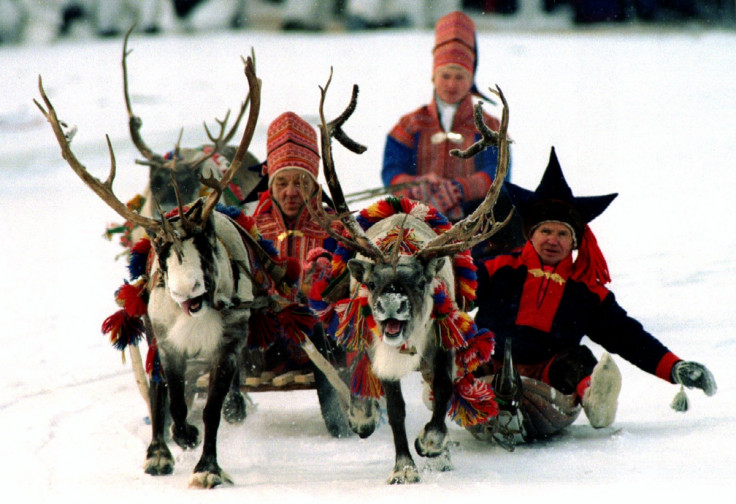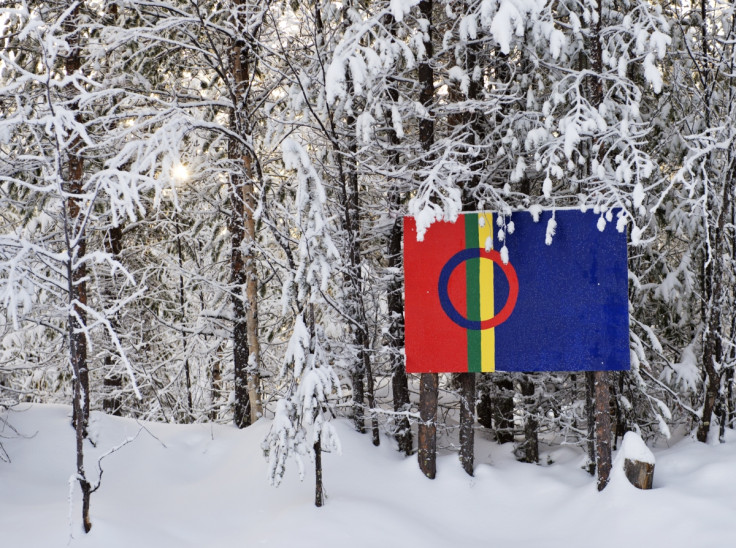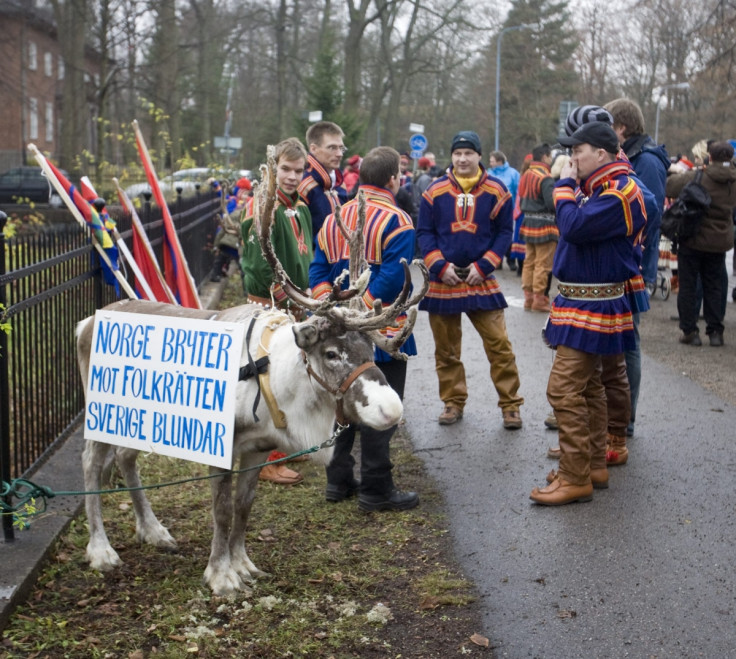COP21: How climate change is destroying the Sami way of life in Scandinavia

Across the northernmost areas of Sweden, Norway, Finland and Russia, the Sami people have endured thousands of winters. They have endured the harsh Arctic environment alongside the brutal policies of Scandinavian states which spent the early 20th century treating them as a lesser race. They have adapted, survived and persevered. Now they're up against a new threat, one that gives them fewer possibilities to adapt. They're dealing with climate change.
"We are a people who are very used to adapting," Josefina Skerk, vice president of the Sami parliament (Samediggi) in Sweden, told IBTimes UK, "but our possibilities to adapt are very small."
"Many of us lack the possibility to do what we would have done in another situation – if our resources went low we would move to another area and let the low resources re-establish," said Skerk, "those possibilities are really not there."
The Sami have subsisted for generations on fishing, hunting and herding reindeer – by far their most well-known cultural preoccupation – but temperatures are changing the natural environment quicker than the Sami can adapt, and even some measures being taken to mitigate climate change are having negative effects on them.
"I come from a family that has been surviving on hunting and fishing for a long time and a lot of that is done in winter," Skerk says, "what's been happening now in more recent years is that the snow has started to fall before the ice on the lakes has frozen – which makes the ice very unreliable... it becomes much more dangerous to travel on the lakes."

Travelling on the frozen lakes is an important way for the Sami to move around. Cultures and languages along the banks of rivers in Sapmi (the traditional Sami territory) are so similar because the Sami have used the paths for so long. With these ice paths becoming more dangerous, Sami are having to change the journeys they traditionally took when herding. Skerk says that not too long ago, the ice broke under one of the herds and 300 reindeer drowned.
That's not the only way local wildlife are being effected. A heatwave has started to appear in the middle of winter that melts the snow, when the cold returns an ice layer appears and animals struggle to get at the food they need on the forest floor. This, in turn, effects the Sami again – forcing them to change their hunting grounds and move from where they were previously able to fish.
But the land doesn't go on forever, when areas become unsuitable because of climate change there's no leaving them alone until they restore themselves, like they used to. Other areas are taken up by the Swedish government, without, Skerk tells me, consultation with the Sami.
"A lot of things are done on Sami territory without us sitting at the table. We have a Sami parliament, we are organised politically in different ways as well, we are not let into the discussions."
Thankfully, this might not carry on forever. "There is work being done towards a consultation practice between the state and the Sami parliament which hopefully will better the situation"
Most ironically, it can often be renewable energy projects and infrastructure that infringes on Sami territory most – huge wind farms and hydro-power dams. They are punished by a natural imbalance that they had no part in causing, now they are punished by the solutions.

The Sami in Sweden were long oppressed by the Swedish state and this year asked the United Nations Special Rapporteur on the Rights of Indigenous Peoples to pressure Sweden to halt natural resources being extracted from traditional Sami territory; bring Sami representatives into discussions over matters that effect the Sami; and help establish a Truth Commission to "seek historical justice". According to Skerk, up until 1974, Sami women were forcibly sterilised by the Swedish state. Uppsala University, the oldest in Sweden, was still hosting racist lecturers until the 1970s.
Skerk says the Swedish state is wonderful "on international issues and has a wonderful international policy... but then they're looking to their own indigenous people and it's a different story."
The Sami are one of many indigenous populations who are already dealing with the adverse effects of climate change. In Paris later this year, the world will come together once again at COP21 and try work out a comprehensive, global, binding agreement on how to tackle climate change and mitigate its effects. The hope is that a deal will be reached to limit the earth's temperature rise to 2°C, though this is thought to be unlikely.
Different Sami groups are organising around the Paris conference, though these events aren't yet set in stone. Some Sami artists are taking part in Run For Your Life, a 4,000km relay race starting in northern Sweden and ending in Paris "to promote climate justice and a sustainable future".
Even if the temperature rises by only 2°C, the effects on people like the Sami – who rely on their natural surroundings to continue their livelihoods and culture – will get worse than they are now. More river paths will be lost, more grazing land will be lost and the Sami, once again, have to endure and adapt for reasons so outside of their control.
© Copyright IBTimes 2025. All rights reserved.






















